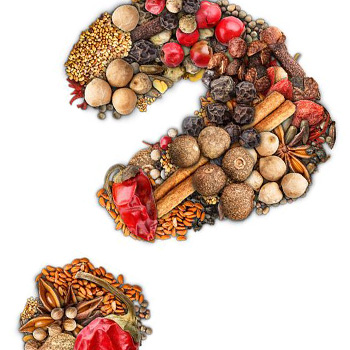What’s in This Stuff? FDA’s Recent Guidance on Dietary Supplements and Novel Ingredients

On January 13, 2014, the U.S. Food and Drug Administration (FDA) published two new guidance documents that could affect the way you do business. The two documents address what has long been a growing gray area in the food and dietary supplement industries, the key differences between liquid dietary supplements and traditional beverages—not only how to tell them apart, but also emphasizing distinctions in how FDA treats the safety of the ingredients they contain.
The first guidance is entitled Distinguishing Liquid Dietary Supplements from Beverages, and finalizes a draft version first issued in December 2009. Like the draft version, the final guidance lays out the many factors that FDA will consider when determining whether a liquid product is being represented to consumers as dietary supplement or a traditional beverage. While the draft version was criticized by some as being too vague and jumbled to be very helpful, the final guidance provides more real world examples to illustrate the factors, in order to help manufacturers understand how they will be interpreted. The factors—which include product claims, names, packaging, serving size, recommended daily intake, directions for use, composition and graphic representations—should be reviewed by any industry member looking to ensure that their product does not fall onto FDA’s enforcement radar.
Although much ado has been made regarding the first guidance document, the second, Considerations Regarding Substances Added to Foods, Including Beverages and Dietary Supplements, should not be ignored. The short document, just five pages long, is largely a summary of existing rules and regulations, but reminds manufacturers that FDA is following the industry’s emerging trends. FDA notes the growth in products to which novel substances, such as botanical ingredients and extracts, have been added and then explains the different rules that apply to the safety of the ingredients added to conventional foods as compared to dietary supplements. For example, it reiterates the rules delineating whether a traditional food ingredient is a substance generally recognized as safe (GRAS) or a food additive, and the conditions under which a food containing either may be marketed legally. It also reminds manufacturers that dietary ingredients are exempt from the food additive definition but are subject to their own safety standards, an important distinction between the way that FDA regulates the safety of conventional foods and dietary supplements.
The fact that FDA felt the need to issue a separate guidance document on novel ingredients is very telling. Novel ingredients are popping up all over supermarket shelves and product labels, and this guidance make clear that FDA is very aware of this trend. While neither of these documents are law, and therefore technically not binding on the agency or the industry, they do provide a key hole view into FDA’s current thinking. Industry members would be wise to review both of these documents when developing new products or they should not be surprised to find a warning letter in their mailbox very soon.
Ivan J. Wasserman is a partner in the Advertising, Marketing & Media division of law firm Manatt, Phelps & Phillips, where he counsels clients on the advertising and labeling of products including foods and dietary supplements. La Toya C. Sutton is an associate in Manatt’s Advertising, Marketing & Media division, and advises on legal and compliance issues related to consumer advertising and product claim substantiation. The authors can be reached at iwasserman@manatt.com and lsutton@manatt.com, respectively.
Looking for a reprint of this article?
From high-res PDFs to custom plaques, order your copy today!





